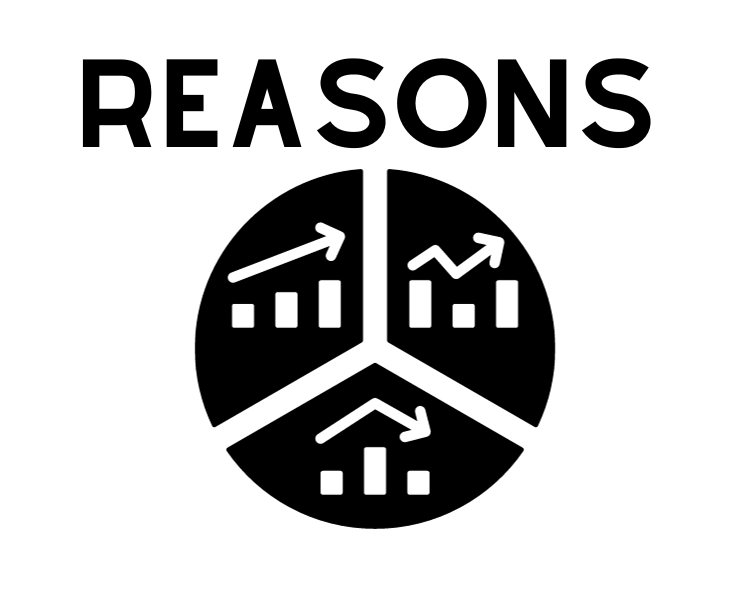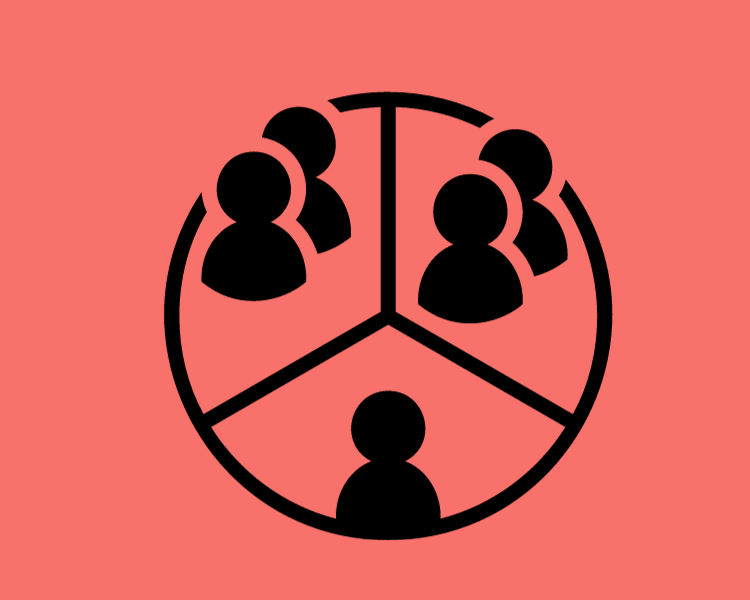In both B2B and B2C realms, consumers universally dislike being treated as a homogeneous entity. Despite shopping for similar products, each customer is unique, possessing distinct interests, facing different challenges, and having individual needs. Acknowledging and honoring this individuality is crucial in today’s business landscape.
The evolving expectations of consumers have propelled the importance of personalization. Research indicates that 80% of consumers are more likely to make a purchase when presented with personalized experiences. Conversely, 71% express frustration with impersonal shopping experiences. The undeniable conclusion is that personalization is a key element for the success of businesses across various industries, necessitating the initial step of customer segmentation.
Understanding Customer Segmentation
Customer segmentation involves categorizing customers into distinct groups or segments based on shared characteristics, such as age, gender, interests, or spending habits. It is synonymous with consumer segmentation or target market segmentation, providing businesses with insights into who their customers are and what matters to them.
Types of Customer Segmentation

- A Priori Segmentation: Based on predetermined assumptions rather than empirical research.
- Needs-based Segmentation: Grouped according to shared product and service needs.
- Value-based Segmentation: Grouped based on shared economic value.
- Demographic Segmentation: Categorized by characteristics like age, gender, and income.
- Geographic Segmentation: Grouped by their location, ranging from town to country.
- Technographic Segmentation: Based on their relationship with and attitude towards technology.
- Behavioral Segmentation: Grouped based on interactions and usage patterns.
- Psychographic Segmentation: Categorized by shared psychological attributes.
- Customer Journey Segmentation: Based on the stage customers are at in their journey.
Three Levels of Customer Segmentation

- Manual Segmentation: Relationship managers manually segment customers based on personal insights.
- Rule-based Segmentation: Organizations establish rules to automatically segment customers.
- Segmentation with AI/Machine Learning: Utilizing AI and ML to predict customer needs based on historical interactions.
Reasons to Segment Customers

- Targeted Marketing Campaigns: Enable one-to-one marketing with personalized messaging for different segments.
- Effective Communication: Tailor communication strategies based on channel preferences of each segment.
- Product Improvements: Gain insights into customer challenges, optimizing existing offerings or creating innovative solutions.
- Stronger Customer Relationships: Personalize the customer experience to build lasting relationships.
- Superior Customer Service: Equip agents with background information for proactive issue resolution.
- Revenue Growth Opportunities: Support upselling and cross-selling by understanding segment preferences.
- Lifetime Value Segmentation: Identify and prioritize profitable customer segments for targeted marketing.
A 9-Step Guide to Customer Segmentation
- Define Success: Set specific goals and metrics for the segmentation project.
- Establish Scope: Determine the number of segments and data sources.
- Gather Data: Collect customer data from internal and external sources.
- Define Segmentation Variables: Identify characteristics for segmentation (demographics, behavior, etc.).
- Validate with Stakeholders: Confirm expectations with key stakeholders.
- Build Segments: Develop customer segments based on defined variables.
- Promote Adoption: Educate and share segments with relevant teams for strategic decision-making.
- Target Segments: Implement personalized marketing campaigns and sales outreach.
- Reevaluate Segments: Regularly gather feedback and adjust segments as needed, iterating the process.
Summary
This comprehensive guide to customer segmentation emphasizes the imperative of treating customers as distinct entities and the growing significance of personalization in B2B and B2C spaces. The article outlines various types of customer segmentation, such as needs-based, value-based, and psychographic segmentation. It delineates the three levels of segmentation, from manual and rule-based to the advanced use of AI and machine learning. The benefits of customer segmentation, including targeted marketing, effective communication, product improvement, and revenue growth opportunities, are highlighted, culminating in a practical 9-step guide for businesses to implement successful customer segmentation strategies.
